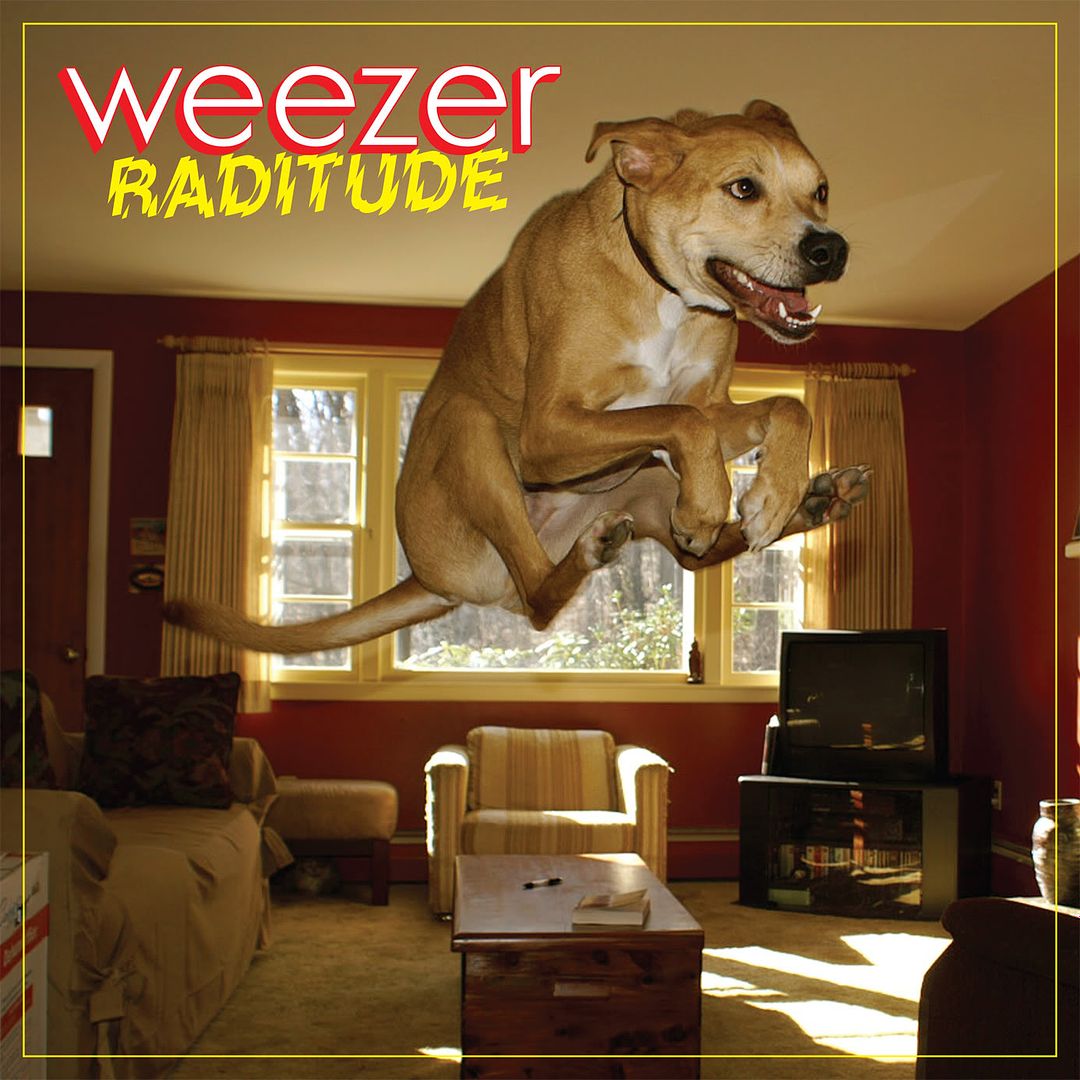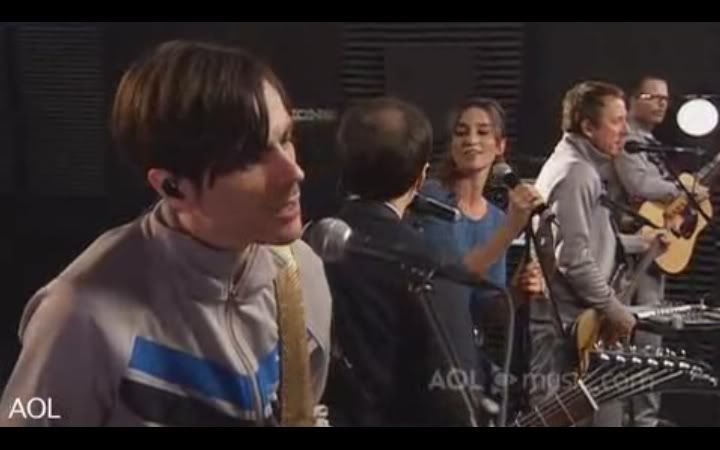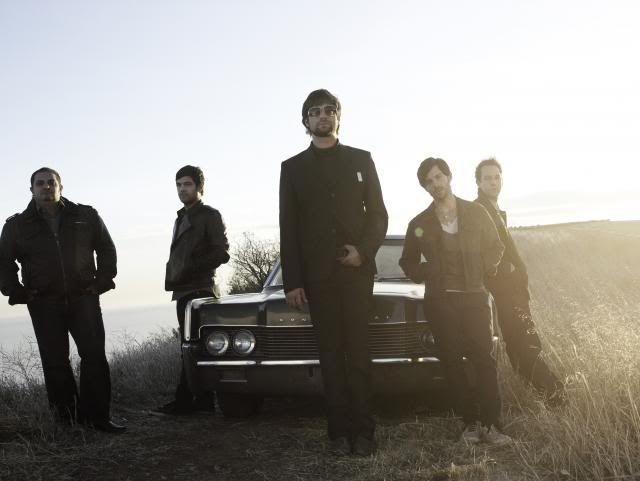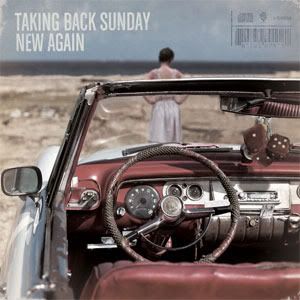At this point, Linkin Park has become almost legendary to certain people, namely people who loved their first two albums. Their third album, while still distinctly Linkin Park, was a departure from their traditional sound. Their fourth album, A Thousand Suns, released in 2010, was a drastic departure from the sound on any of their first three albums. Labeled a “concept album,” A Thousand Suns actually alienated a lot of those fans who had created legends of Linkin Park and their original sound in the early 2000s. Their fifth album, set to drop on Tuesday, has been labeled by some as the band’s “return to its roots” (iTunes Notes, 2012). I disagree. What follows is my track-by-track review of Linkin Park’s fifth album, Living Things.
The album starts with a song called “Lost in the Echo,” which itself starts with a very electronic sound that I would call a mix of modern disco (think: Lady Gaga) and dubstep. The verse has no guitar in it; instead, Mike Shinoda’s rapping is backed by two keyboard parts and sometimes an overdriven bass. Chester Bennington sings on the chorus, which is kind of catchy, and has some guitar, but it’s very mechanized in sound, as if the guitar itself was put through a synthesizer. The scream into the bridge doesn’t work with this sound. This song floats between okay and good.
I have a question for Linkin Park. Did you guys really think that no one would notice that “In My Remains” and “Burn It Down” are instrumentally the same exact song!? Okay, sorry, they’re about as different instrumentally as “Under Pressure” and “Ice, Ice Baby”... The vocals are very different in the two songs, and I actually really like “In My Remains.” Bennington’s vocals, besides sounding fantastic, actually fit well with this instrumentation. “Burn It Down” is a different story. As much as I love basketball, TNT cannot convince me to like this song. The verse is performed well by Bennington, but the rest of the song is so generic that I can’t help but feel nothing while listening to it. I absolutely cannot understand the decision to put these two songs back to back, as they sound way too similar for that to be okay.
I can’t help but think of Avril Lavigne when “Lies Greed Misery” starts, because the beginning of this song sounds way too much like “What the Hell.” That riff continues during the chorus, which is just Bennington rapping in a sort of scream. This song is fairly worthless, with the exception of the badass bridge, where guitarist Brad Delson lets loose for twenty four seconds under Bennington’s screamed vocals (actually a highlight on the album).
With “I’ll Be Gone,” I finally get comfortable with this album. This is a fantastic song. It’s fairly simple in its structure and chord progression, but it benefits from a strong, genuine performance from Bennington.
I love “Castle of Glass.” The structure is very predictable, but at this point, that’s probably a good thing for Linkin Park. Shinoda’s singing is haunting to start the song, and then Bennington joins him in unison for a little bit before starting to sing harmony against him. This is a great driving song.
“Victimized,” the seventh track here, is the heaviest song Linkin Park has ever written. This is another strange choice in sequencing, because “Castle of Glass” and “Roads Untraveled” are relatively mellow (especially “Roads Untraveled”). The verse is pretty cool, with Shinoda singing, but that’s the end of that. The chorus and what happens after is just crap. The backing instrumentation to Shinoda’s rap section is literally just noise. This song may grow on me like Avenged Sevenfold’s “God Hates Us,” but I doubt it, as that song has guitar parts that are actually worth something.
The next track, “Roads Untraveled,” has this weird chime type instrument playing throughout the song. And it’s terrible. The song would be infinitely better without the chime going for nearly four minutes. Shinoda and Bennington harmonize very well in the chorus of this song and the “whoa”s that come after (though I’m pretty sure that’s just Bennington layered over himself). The chimes take a short break for a stripped down chorus near the end of the song, but they’re right back at it for the ending. I would love this song if not for the chimes.
“Skin to Bone” is a very interesting song. The melody kind of reminds me of a nursery rhyme, but it’s performed well enough that I forget it against the almost-dubstep instrumentation. I would prefer the super repetitive quasi-dubstep sound to be gone from this song, but it doesn’t kill me.
The next song, “Until It Breaks,” is the “Nobody’s Listening” of this album. It just sounds weird. Shinoda seems to think that he’s Jamaican on this song, and the backing instrumentation can barely be called that until Bennington’s vocals come in over the piano. The strings in the chorus are a nice touch, but the chorus and verse don’t mesh very well with each other. The highlight of this song is easily at about 2:15 when guitarist Brad Delson sings for the first time on a Linkin Park album. This part of the song was something that he wrote at home and brought to the band four months before they wrote “Until It Breaks,” and during the recording process of the song, they realized that that fit best as the ending to that song. In my opinion, it pretty much saves the song.
Like their first two albums, the second to last song here, “Tinfoil,” is an instrumental song. Unlike their first two albums, this song is basically an elongated intro to the final track, “Powerless.” “Powerless” is a song that is exactly opposite of that which its name would suggest, thanks to another strong, genuine performance by Bennington. The mechanized instrumentation can get tiresome at times over the course of the song (particularly the percussive elements of it), but overall, “Powerless” is a beautiful song that was a good choice as the album closer.
______________________________
______________________________
______________________________
It’s hard to like this album because Chester Bennington really doesn’t have the kind of voice that goes well with the more electronic orchestration of their music. He has a very distinctly rock style of singing when he gets to his higher register, and he either is unable to or chooses not to use a smoother tone that would fit better with the instrumentation on this album. In contrast, I love the parts on this album when Mike Shinoda sings. His voice fits in very well with the different arrangements. However, if you replace all the singing on this album with the same melody and lyrics, performed by John Legend or Usher, this could very easily be a hip hop album.
Linkin Park’s first two albums were full of songs backed by very inventive and creative, metal-influenced guitar riffs that have been mostly absent on the three albums since then. This album has so little guitar on it that Brad Delson had to ask to sing on one of the tracks so that he could still feel like he was important to the band1. Songs like “Papercut,” “One Step Closer,” “Hit the Floor,” and “Figure.09” are great examples of this inventiveness that basically made a generation of rock-listeners fall in love with this band. While it’s great for them that they’re experimenting and having fun with it, at this point, I feel like fans are losing faith in the idea that Linkin Park can create an album that they can enjoy from start to finish.
Please leave your thoughts in the comments section below!
1That’s not actually why he sings, I’m making a point.
Standard Edition: the 12 track album as a compact disc, an instant mp3 download of "Burn It Down," a high quality digital download of the full album on its street date, early access to tickets for the Honda Civic Tour in North America, and a subscription to Living Things Remixed (you will receive one new remix per month for the next 8 months).
Digital Edition: the 12 track album as high-quality mp3 downloads on its street date, an instant mp3 download of "Burn It Down," early access to tickets for the Honda Civic Tour in North America, and a subscription to Living Things Remixed (you will receive one new remix per month for the next 8 months).
To buy Living Things, visit














